Buying your first home is an exciting milestone, but understanding the financial aspects and preparing your financial situation can be a lot of work. One of the most important aspects of buying a home is the down payment. Knowing how much you need for a down payment can influence your mortgage application and help you prepare your finances to buy a home.
While the standard is 20%, many people are able to put down less or even 0% in some cases depending on the situation. If you’re wondering how much you need for a down payment in 2024, here are some tips to help you get started.
How Down Payments Work
A down payment is the initial amount of money you pay upfront when purchasing a home. It’s typically expressed as a percentage of the home’s purchase price. Lenders require a down payment to reduce risk. The higher your down payment, the less risk they face, which can also lead to better loan terms for you.
Several factors determine the amount you need for a down payment including the:
Home Price and Percentage Required
The amount you need is directly related to the price of the home you wish to buy. For instance, a 20% down payment on a $300,000 home would be $60,000.
Mortgage Types and Their Specific Requirements
Different mortgage types have varying down payment requirements:
- Conventional loans typically require at least 5-20% down.
- FHA loans often allow for lower down payments, as little as 3.5%.
- VA and USDA loans may offer no-down-payment options for eligible buyers.
Credit Score’s Influence
Your credit score can impact the required down payment. Higher credit scores often qualify for lower down payment requirements, while lower scores may necessitate a larger down payment to secure favorable loan terms.
Putting Down Less Than 20% vs. 20% or More
The “magic number” for down payments is typically 20%. If you can put down at least 20%, you may avoid private mortgage insurance (PMI), which is an additional monthly cost that protects the lender in case of default.
How to Calculate Your Down Payment
Calculating your down payment involves understanding the percentage required based on the home price and factoring in additional costs such as private mortgage insurance (PMI).
Using Percentages
To calculate, simply multiply the home’s purchase price by the required percentage. For example, if you’re looking at a $400,000 home and wish to put 10% down, you’ll need to save $40,000.
$400,000 x 0.10 = $40,000
Considering Extra Costs
Remember to also account for PMI if your down payment is less than 20%. PMI can add to your monthly mortgage payment, so it’s essential to include it in your calculations. Home listing sites like Zillow have calculator features that already factor in things like taxes and insurance into your estimated mortgage payment when you enter how much you wish to put down.
Saving for a Down Payment
Home prices have increased by 5.2% in the past 12 months. With home prices and down payment percentages varying, it’s best to start saving as early as possible. Even if you hit your down payment savings goal, you can use any additional savings for closing and moving costs or other expenses.
Here are some tips to help you start saving for a mortgage down payment.
Create a Dedicated Savings Account
Having a separate account solely allocated for your down payment can help you keep track of your progress and avoid dipping into the funds for other purposes. Consider opening a high-yield savings account to help you set funds aside and set up automatic transfers.
Cut Back on Spending and Earn More
Cutting back on expenses and increasing your income can help you save more money each month. Consider reducing unnecessary spending, picking up a side hustle, or negotiating a raise at work.
Set a goal to narrow down how much money you need to save for your down payment so you know the exact number you need to come up with each month. For example, if you need $500 extra each month, you may decide to temporarily cut expenses by $200 per month and start earning an extra $300 per month on the side.
Consider Down Payment Assistance
Many states and local governments offer down payment assistance programs for first-time homebuyers. These can provide grants or low-interest loans to help you cover your down payment. Eligibility often depends on income, location, and whether you’re a first-time buyer Research which options may be available in your area to see if you qualify.
Strategies to Save Money Faster
A lot of people are looking to save money faster so they can buy a home. There are several ways to save more aggressively but you must be determined and focused to stay consistent and deal with a few sacrifices. Here are some creative ideas that may help.
- Put all windfalls toward your down payment savings. Whether you get a tax refund, bonus at work or surprise check in the mail, don’t treat it like extra money and put it directly into your savings.
- Forego traveling. Traveling is fun and you can take trips while paying down debt or saving money. But if you chose to give up a family vacation for a year or two and save that money instead, this could help you reach your goal faster.
- Downsize your car(s). While cars are a depreciating asset, they still have equity. If you car is paid off, you can trade it in for a car or lesser value and walk away with extra cash to save. Or, if you’re a two car household, downsizing to one car and selling the other could leave you with thousands extra.
- House hacking. House hacking is just a fancy term for renting out a spare room or getting roommates to help lower your housing costs. If you have the extra space, you can charge someone a flat-rate per month and put that money directly toward your savings.
Summary
Planning and saving for a down payment is a crucial step in the home-buying process. Understanding how much you need and preparing accordingly can make your dream of owning a home a reality. Take advantage of available resources and plan your finances carefully to ensure a smooth path to homeownership.
Learn more about budgeting, saving, and managing your money for success by downloading the free guide.
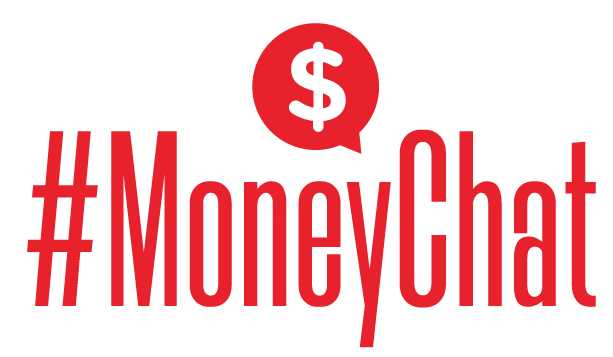
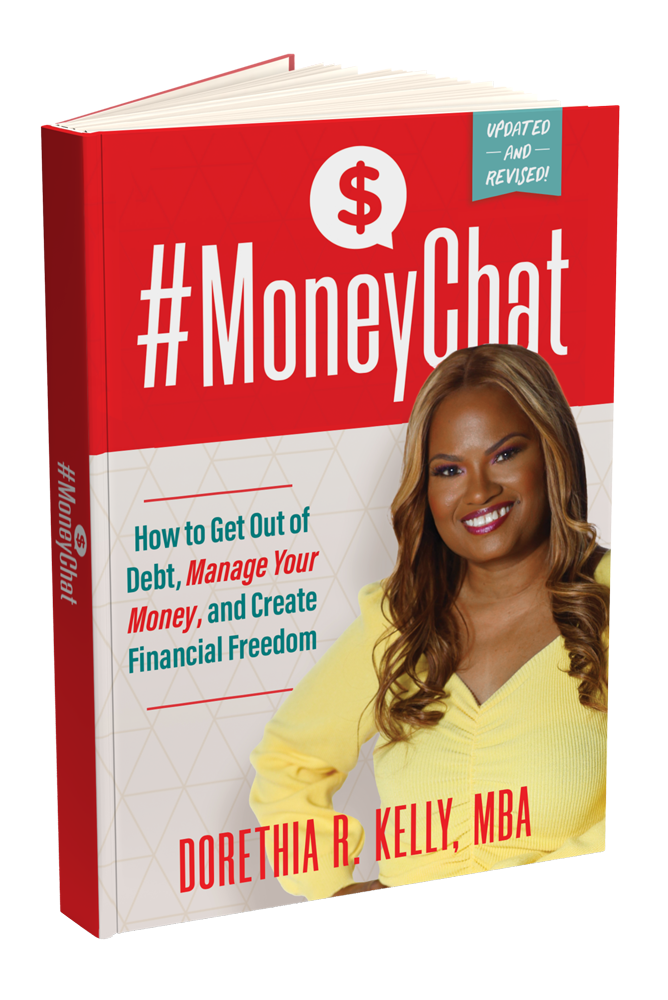
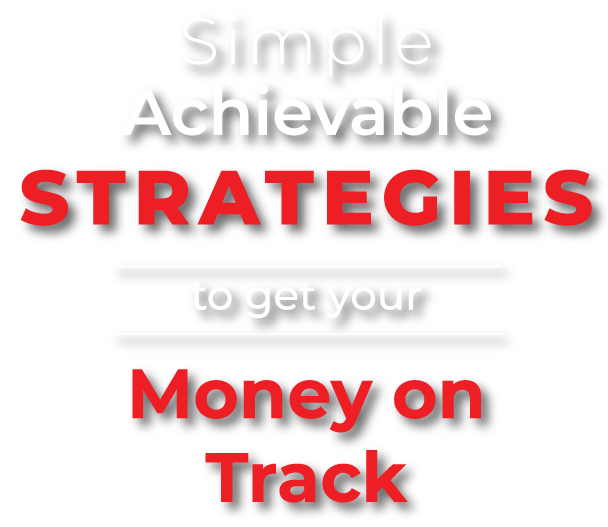
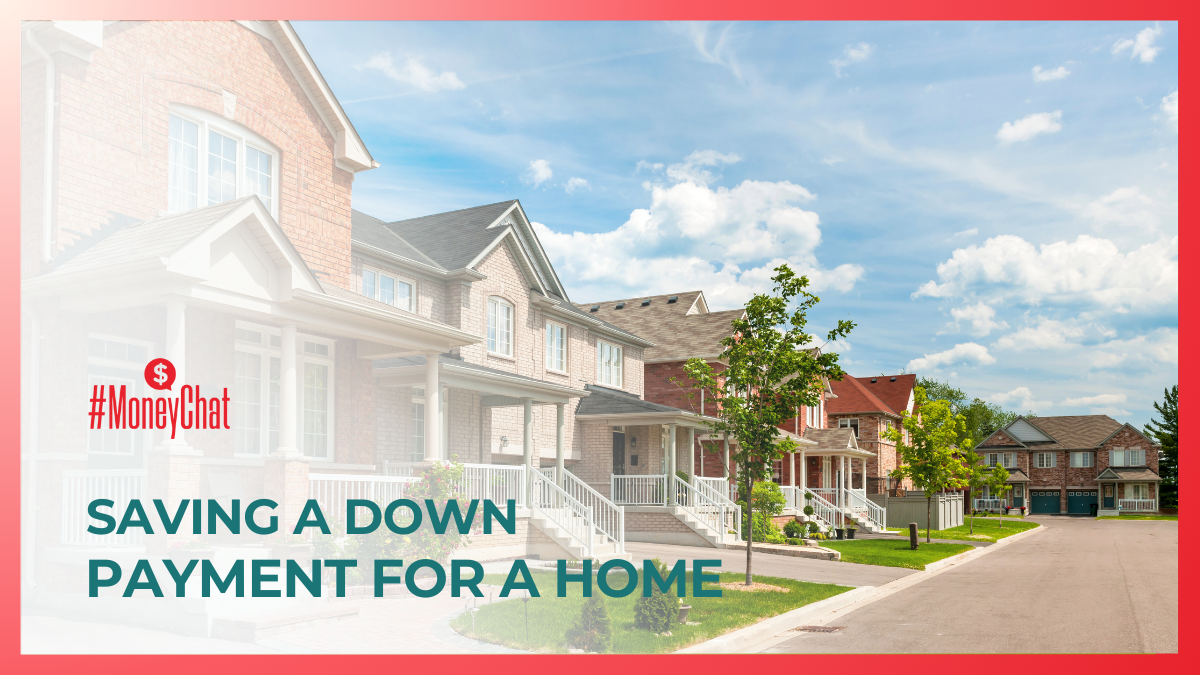
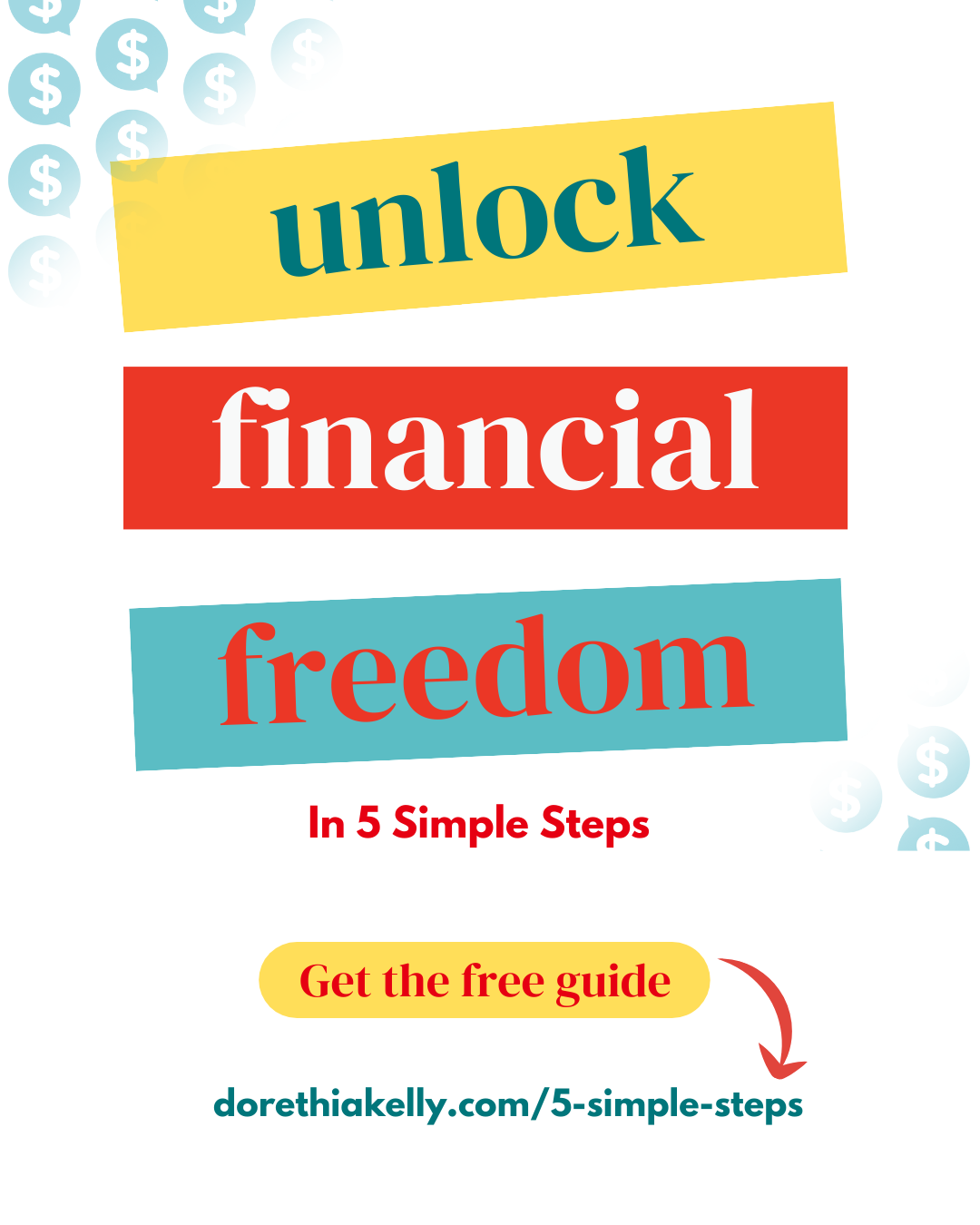



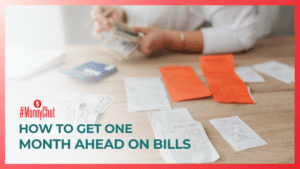




0 Comments